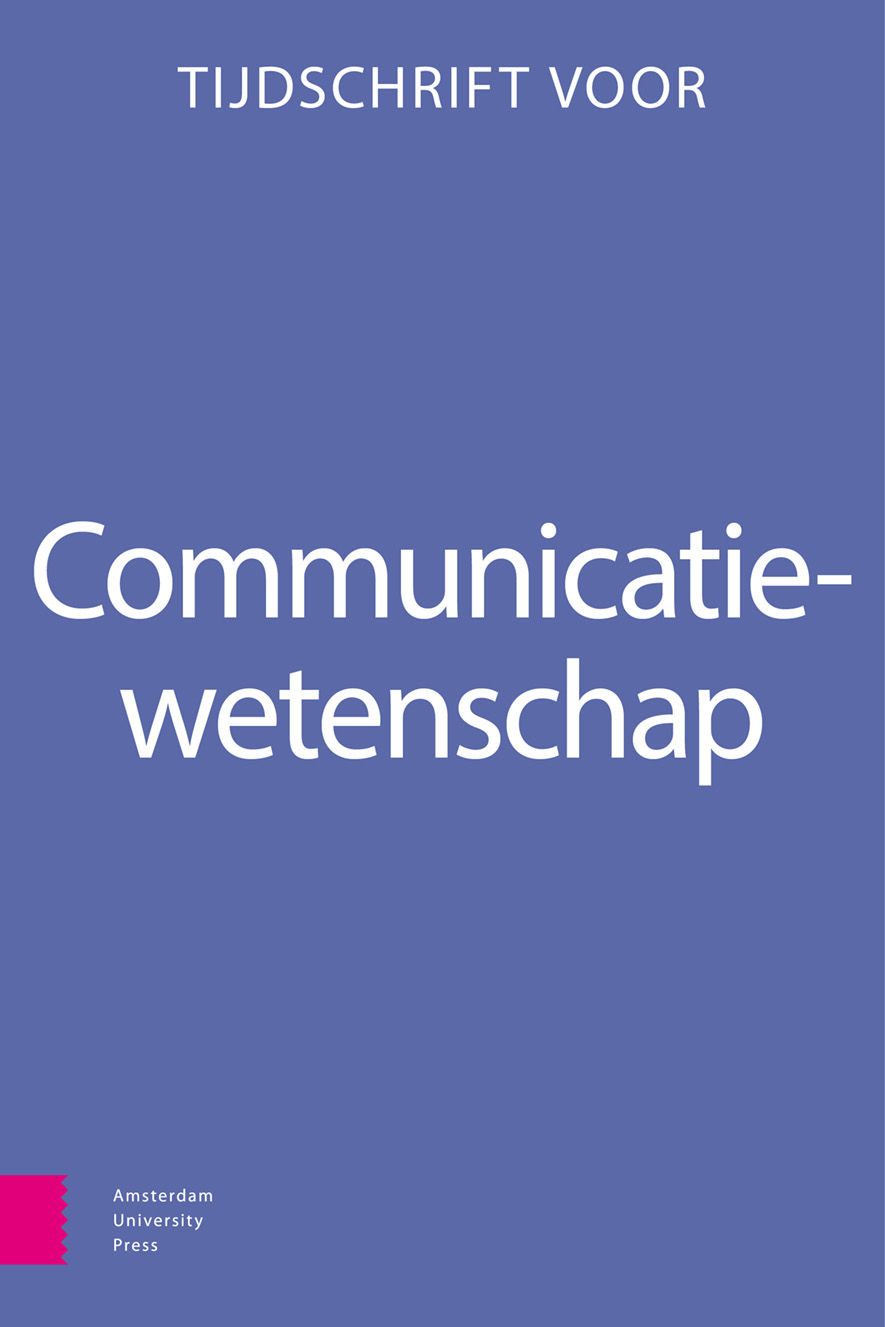-
OASummaries
- Amsterdam University Press
- Source: Tijdschrift voor Communicatiewetenschap, Volume 47, Issue 2, jun. 2019,
- Vorig Artikel
- Inhoudsopgave
- Volgend Artikel
Samenvatting
Too hot to handle: conflicts as performative communication systems, a Luhmannian perspective
In this article we argue that conflicts evolve as self-referential and performative communications. Instead of the conventional actor centric approach, we propose a perspective in which we follow conflicts in themselves. Inspired by Niklas Luhmann’s social system theory, we argue that conflicts function as heated and parasitic communications like meadow fires. Once a conflict bursts, it is hard to stop since everything in its environment can become fuel and increase its intensity. We explain how conflicts become persistent, what the role of actors and discourses are in its environment, and reflect on its reality effects. We conclude with a set of recommendations about how one correspondingly can deal with conflicts. For instance, by deliberately not engaging with conflicts. Or, if we do decide to engage, then we should try to understand the history of a conflict emergence next to its parallel positioning to other communications.
Keywords: conflict as communication, self-referential communication, conflict management, meadow fire, Luhmann
, Wouter JongBlaming others during an incident inquiry. An analysis of ‘blame games’ in the aftermath of crises
In the aftermath of crises, organizations try to restore a negative impact on their reputation. One of the strategies coined by Benoit (1997) consists of shifting blame towards others who were involved in the same crisis or disaster and minimizing one’s own perceived role in a crisis. Based on a report by the Dutch Safety Board, this study analyzes how organizations try to influence the reputation and perception of other organizations involved. It shows that ‘blame games’ tend to be restricted to the phase of an inquiry, while only ‘diminishing’ crisis response strategies are used once a final report is presented.
Keywords: crisis response strategies, crisis communication, reputation, blame game, inquiry
, Susan VertoontRepresentations of disability on primetime television in Flanders
This paper examines primetime television representations of disability in Flanders. The aim of the study was to analyse in which identities (RQ 1) and in which roles (RQ 2) characters with disabilities are represented on television. By means of a quantitative content analysis in a constructed week (January-February 2016), 115 primetime television programs and 2.414 television characters were studied. The results show a bias in favour of adult, male characters with physical disabilities. Women, youngsters and seniors with disabilities are less frequently represented, as are people with health or learning disabilities. Moreover, we noticed little diversity among the genres and roles in which disabled characters are represented. Only roles that can grant disability a central story line, seem to include disabled characters. Roles in which disability would become a coincidental feature (e.g. candidates in game shows, supporting roles in fictional programs) do not seem to allow characters with disabilities.
Keywords: disability, gender, television, representation, content analysis
, Joke D’Heer & Sarah Van LeuvenMother of three children, or first and foremost politician? A quantitative content analysis of the representation of female political candidates in the Flemish press
This study compares the presence and portrayal of female and male political candidates in news articles that report on newly announced candidatures during times of election. We used a quantitative content analysis to study 390 news articles about two federal (2007, 2014) and two local elections (2012, 2018) in Belgium. The articles were collected from four Flemish newspapers: De Morgen, Het Laatste Nieuws, Het Nieuwsblad and De Standaard. The findings show that male and female politicians are unequally represented. Numerically, male politicians are represented almost twice as often as woman politicians and articles about female politicians are shorter in length. For female politicians the age, marital status, and parenthood are more often mentioned, highlighting their roles in the private sphere. Notably, the coverage of local elections shows a more biased representation than the coverage of federal elections does. As such, this study underlines the importance of comparing different electoral contexts.
Keywords: representation, female politicians, content analysis, stereotypes, gender bias
]

